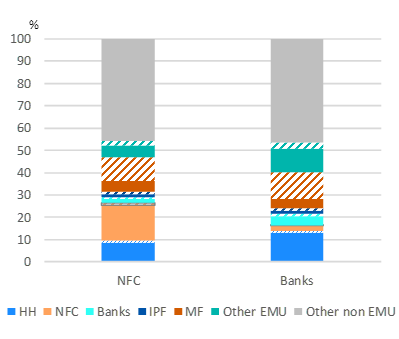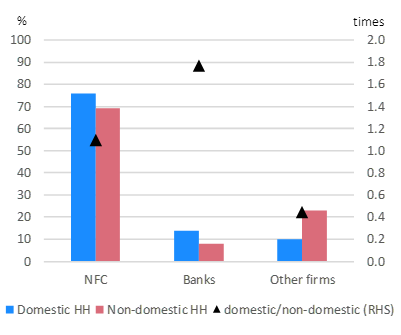References
Abbassi, P., R. Iyer, J.-L. Peydro, and F. R. Tous (2016), “Securities Trading by Banks and Credit Supply: Micro-Evidence from the Crisis”. Journal of Financial Economics, Volume 121, Issue 3, Pages 569-594.
Barber, B., Y. Lee, Y. Liu, and T. Odean (2009), “Just How Much Do Individual Investors Lose by Trading?”, The Review of Financial Studies, Volume 22, Issue 2, Pages 609–632.
Barber, B., and T. Odean (2000), “Trading Is Hazardous to Your Wealth: The Common Stock Investment Performance of Individual Investors,” Journal of Finance, Volume 55, Issue 2, Pages 773-806.
Chemmanur, T., S. He, and G. Hu (2009), “The role of institutional investors in seasoned equity offerings,” Journal of Financial Economics, Volume 94, Issue 3, Pages 384-411.
Hoechle, D., S. Ruenzi, N. Schaub, and M. Schmid (2018) “Financial Advice and Bank Profits”, The Review of Financial Studies, Volume 31, Issue 11 Pages 4447–4492.
Kaniel, R., G. Saar, and S. Titman (2008), “Individual investor trading and stock returns” Journal of Finance, Volume 63, Issue 1, Pages 273-310.
Karlsson, A., and Lars Nordén (2007), “Home sweet home: Home bias and international diversification among individual investors”, Journal of Banking & Finance, Volume 31, Issue 2 Pages 317-333.
Lamas, M. and Martinez-Miera, D. (2021) “Sectorial holdings and stock prices: the household-bank nexus”. Working Paper Series of the Banco de España, 2130.
Miller, M.H. and Rock, K. (1985) “Dividend Policy under Asymmetric Information”, The Journal of Finance, Volume 40, Issue 4, Pages 1031-1051.
Myers, S. C., and N. S. Majluf (1984) “Corporate financing and investment decisions when firms have information that investors do not have”, Journal of Financial Economics, Volume 13, Issue 2, Pages 187-221.






